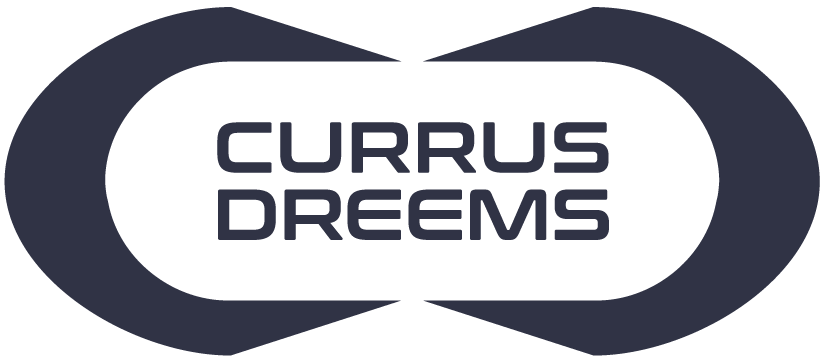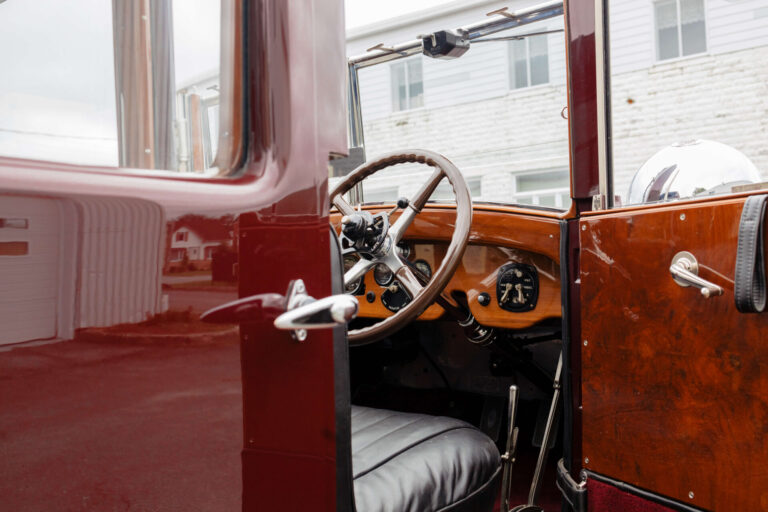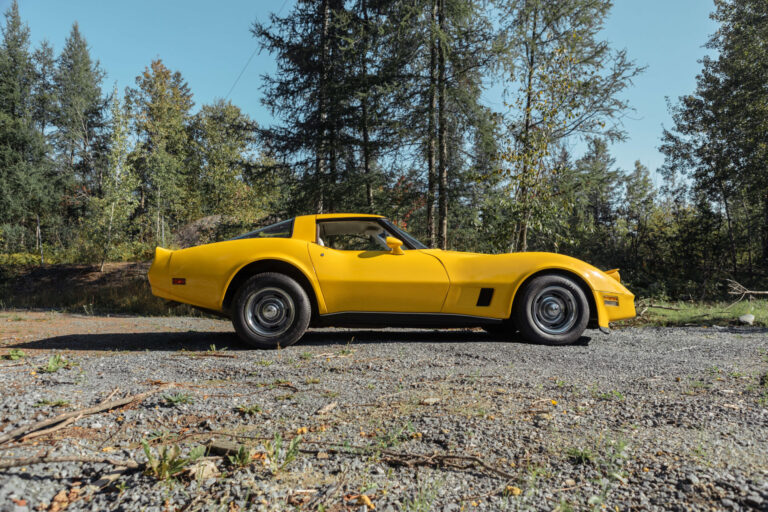The Automotive Dream “One man and his dream had not simply left the world with an engine and four wheels; Henry Ford and his Model T had influenced people's everyday lives - where they lived, how they spent their leisure time, even how they viewed themselves.” - Gary...
Pierce-Arrow Model 33 Convertible Coupe by Derham
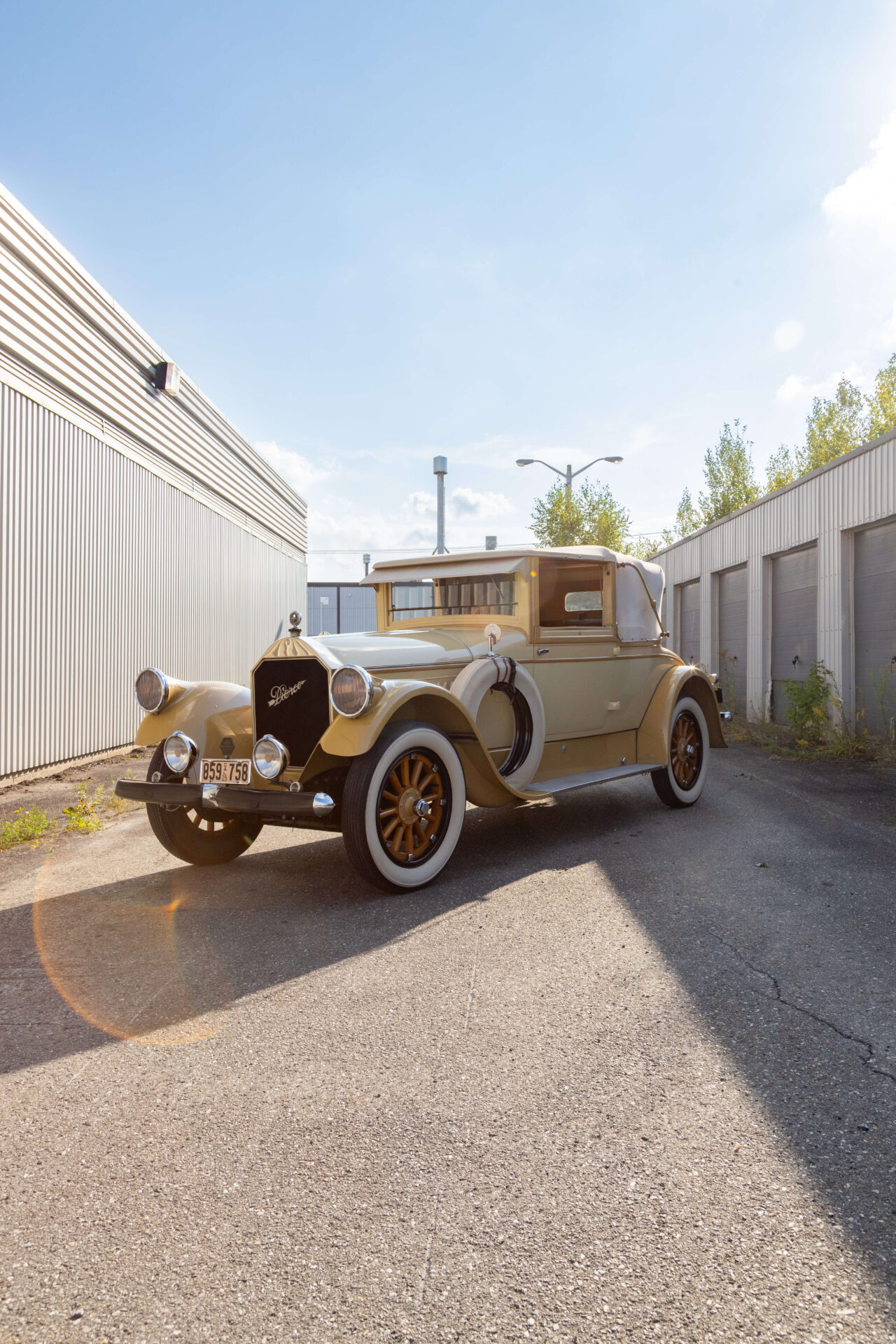
Photo credit - Good Vision Prod
Recent posts
Lagonda 16/80 Special Six 1933
English Touring The car we present to you this week is the Lagonda 16/80 Special Six in the Demers Car Collection. Lagonda was a luxury British car brand that Aston Martin eventually absorbed. Through its association with Aston Martin, it is sometimes hard to remember...
An Introduction to Lagonda
Before Aston Martin “The history of Lagonda cars is synonymous with sophistication, opulence, and groundbreaking performance” - An article for Discovery UK Today, we may recognize the name Lagonda from its association with Aston Martin. Before these two brands...
Cadillac Model A 1903
The Standard of the World “No other American car on the market in the first decade of the century was constructed to higher standards than Cadillac.” - Stephen W. Sears in The Automobile in America Some of you may know that Cadillac has long had the slogan “Standard...
American Luxury
“A Pierce-Arrow was a status symbol, owned by many Hollywood stars and tycoons, and a favourite was the Pierce-Arrow Town Car. Most of the royalty of the world had at least one Pierce-Arrow in its collection.” – Historic Vehicles
Another unique car in the Demers Car Collection, the subject of this week’s blog article, is the Pierce-Arrow Model 33 with a custom body by Derham. This car appeared at a time when the automobile was becoming an essential part of life for the modern family in the United States. And Pierce-Arrow was a high-end brand that was sure to improve your social standing. For a time, it was the official car of the White House. However, the brand is yet another one that did not survive the Great Depression and it now relies on car enthusiasts to remain in our memory. Keep reading to learn more about the history of Pierce-Arrow and this particular car.
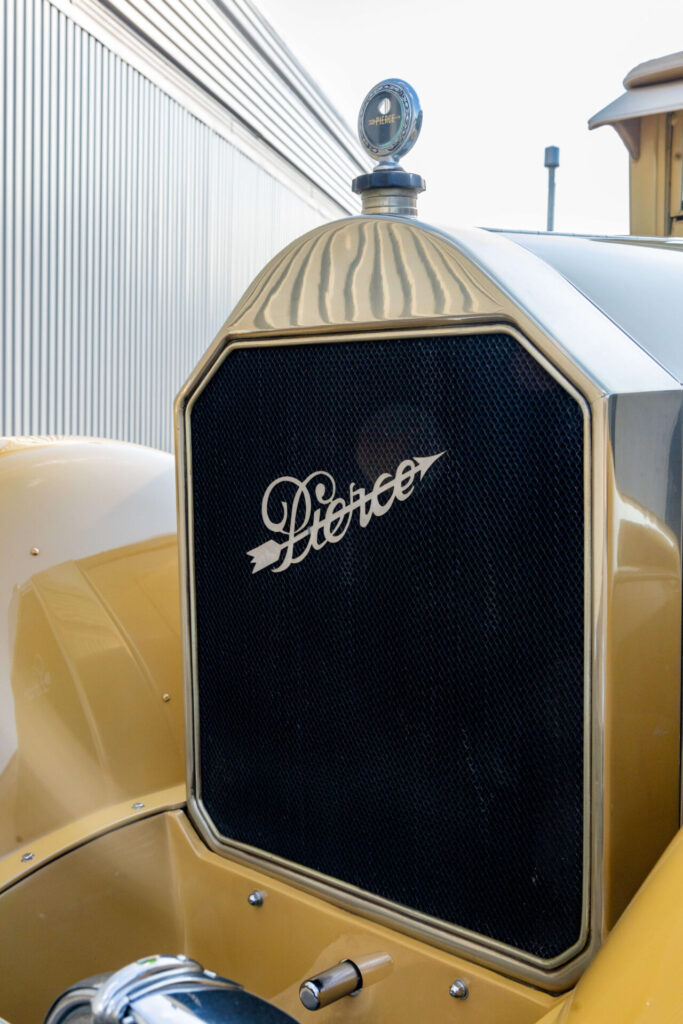
The Birth of Pierce-Arrow
We can trace back the roots of the Pierce-Arrow company to 1865. Its name was first the Heintz, Pierce and Munschauer Company of Buffalo, New York. It first made household items like bird cages and iceboxes. George N. Peirce later reorganized it into the George N. Pierce Company. Under this new name, it increased its product range and eventually produced bicycles.
The firm’s treasurer, Colonel Charles Clifton, is the one we credit with pivoting the company towards the automobile. Interestingly, the firm introduced its first car in 1900, which used steam to power its engine. This first attempt was a failure. It took the adoption of the De Dion gasoline engine in 1901 and the input of engineer David Fergusson for Pierce-Arrow to produce their first successful automobile. Named the “Motorette,” it was a single-cylinder automobile. Sold through their bicycle distributors, the George N. Pierce Company made about 170 Motorettes between 1901 and 1903.
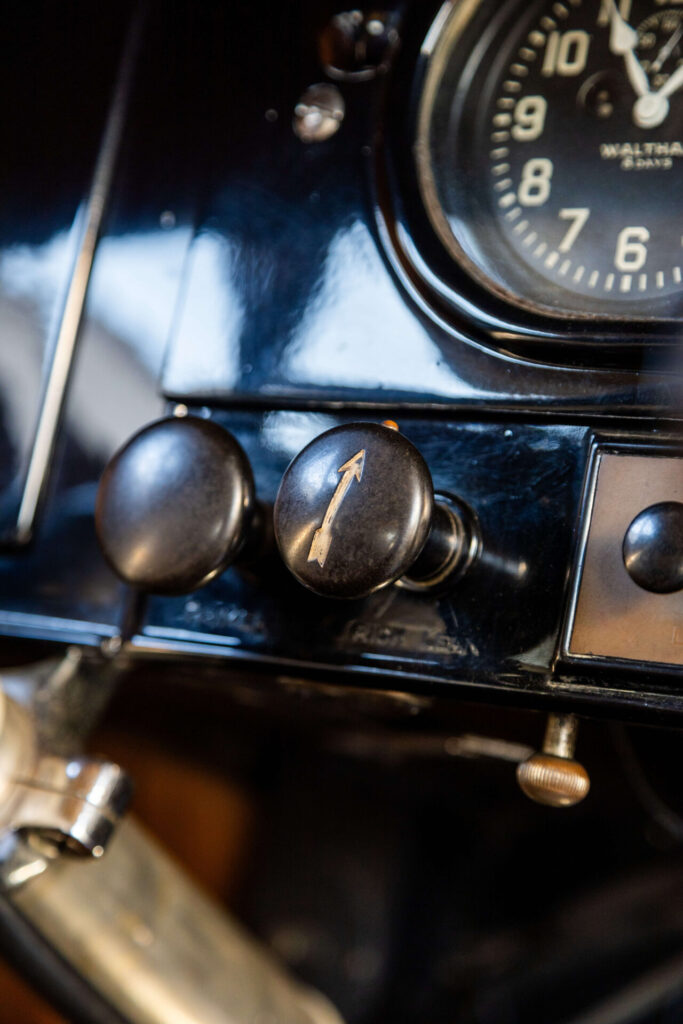
In the following decade, cars made by the Buffalo company gained cylinders and started to appear in motoring events. The name “Arrow” appeared in 1903 on a car that was the predecessor of the famous four-cylinder “Great Arrow” of 1904. A Great Arrow driven by Percy Pierce, son of founder George N. Peirce, won the first famed Glidden Tours in 1905. The Glidden Trophy aimed to award the car that was deemed the most road-worthy and Pierce’s Great Arrow scored an almost perfect score. Pierce would go on to win four more Glidden Trophies in the following years. In 1908, the company was renamed the Pierce-Arrow Motor Car Company. And by 1909, the company was making six-cylinder cars.
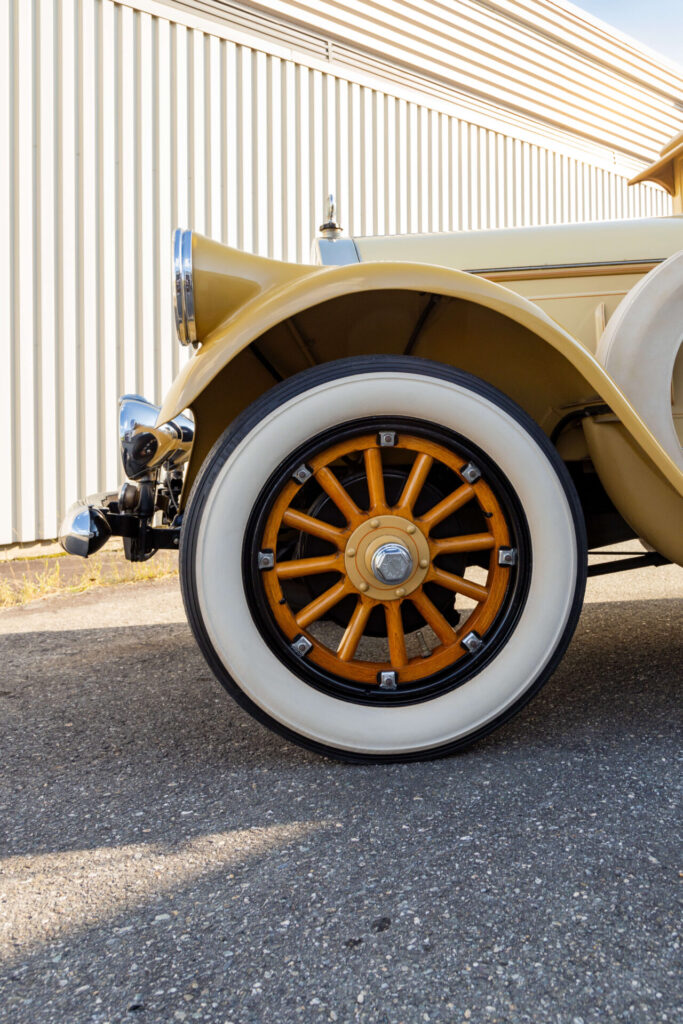
A Unique and Luxurious Car
Along with Packard and Peerless, the Pierce-Arrow was one of the earliest American luxury cars. It pioneered many features like the extensive use of aluminum and the first hydraulic tappets. However, we know it best for the unique look of their cars. Introduced in 1914, one of their most defining features were the peculiar, built-in headlights. Called the fender headlamps, Herbert M. Dawley designed them in-house and patented them. They remained a defining feature of Pierce-Arrow cars for many years to come.
Although Pierce-Arrow remained an independent constructor after the First World War and survived a change in management, or maybe because of this, sales trailed in the 1920s. In this period, it solely relied on their six-cylinder engine while the market offered many more variants. Plus, they resisted changing up their styling which was starting to look out-dated. The car in the Demers Car Collection belongs to this production period.
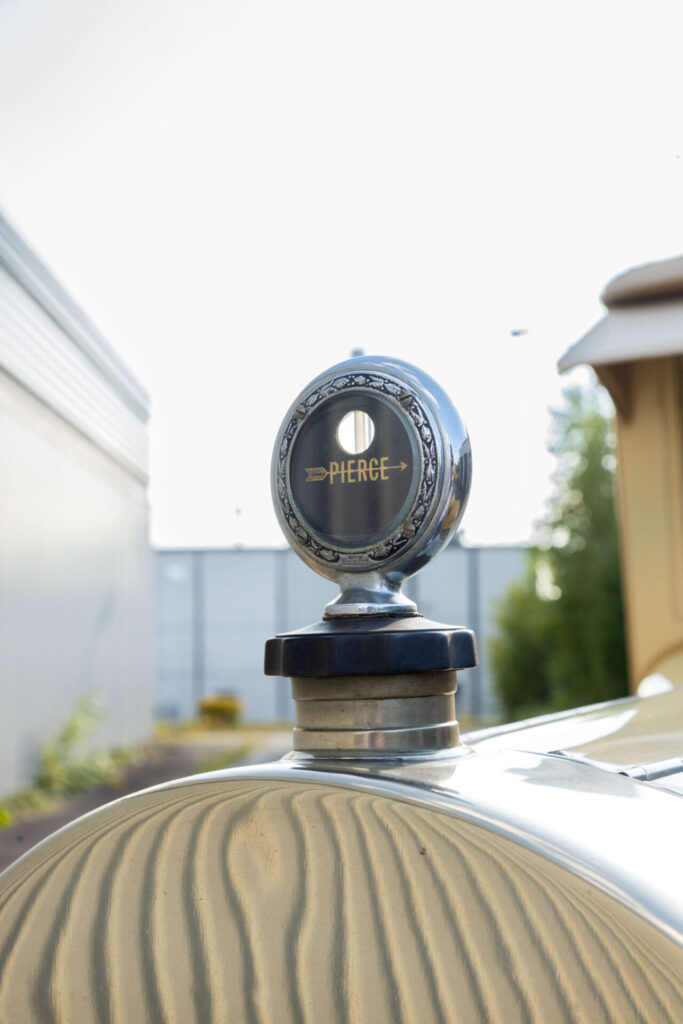
This Particular Car
The model of this Pierce-Arrow is the Series 33, an evolution of chassis Model 32, which appeared in 1921. This was the flagship model for the early 1920s. The company’s tried and trusted monobloc six-cylinder engine powered this model. Pierce-Arrow had strict quality control requirements. Also, their engines were quiet and reliable, a quintessential characteristic of quality, luxury cars of that time. Its contemporaries recognized it for its power and ease of handling.
Catalog models were available in a selection of 10 factory body styles and about 6000 Series 33 cars were made. However, this particular Pierce-Arrow has a custom coach made by the Derham Body Co. in the cabriolet style. So we believe that it is one of a kind. The most expensive factory Pierce-Arrow sold for about $8500 when new, but we believe that this custom cost a whopping $13000 to its first owner. Interesting features of this custom coach are the passenger lighting offered both inside and outside the compartment and the suicide-style doors, an avant-guarde feature for 1925.
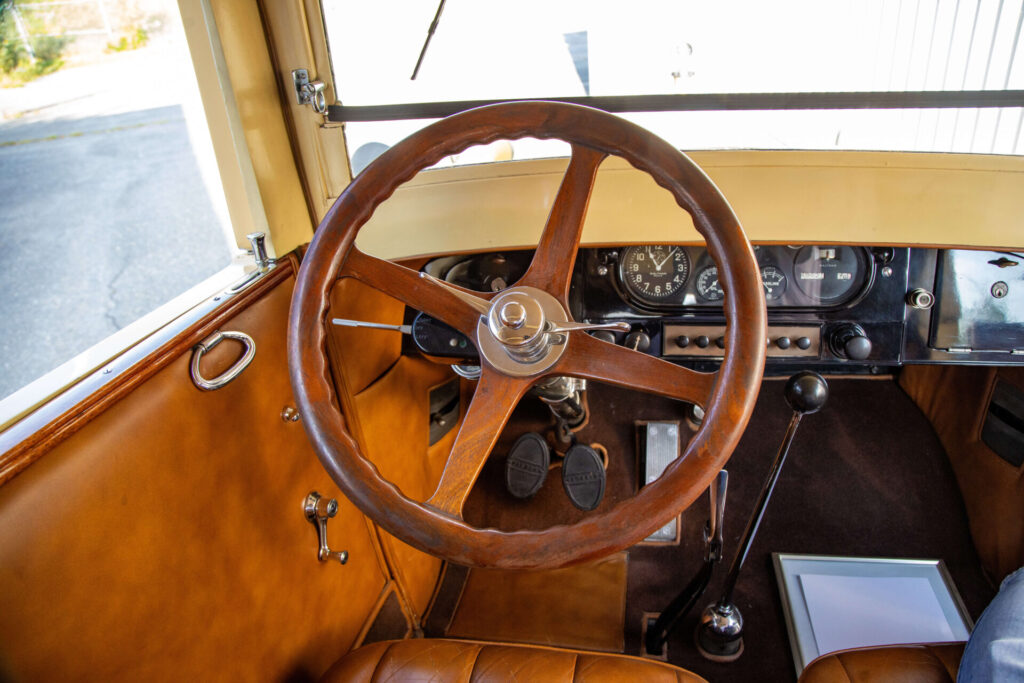
The End of Pierce-Arrow
In 1928, the ailing Pierce-Arrow Motorcar Company merged with Studebaker which gave it investment capital to develop new products. By the end of the 1920s, Pierce-Arrow seemed to have turned around and released a straight-eight engine that was the bread and butter of their sales. In 1931, in line with their competition, they also released a twelve-cylinder engine, which gained them many international records on the racing track. More contemporary looks were also available, letting go of the characteristic protruding headlamps. These were also the years of the first hydraulic valve lifters.
Although the future might have looked bright for a while, when Studebaker went into receivership in 1933, Pierce-Arrow suffered. Even if a group of investors took it over, Pierce-Arrow did not survive the Great Depression. It was in receivership by the end of the decade. In these difficult financial years, Pierce-Arrow was independent and only produced high-end cars, an undesirable position that is believed to have caused its end.
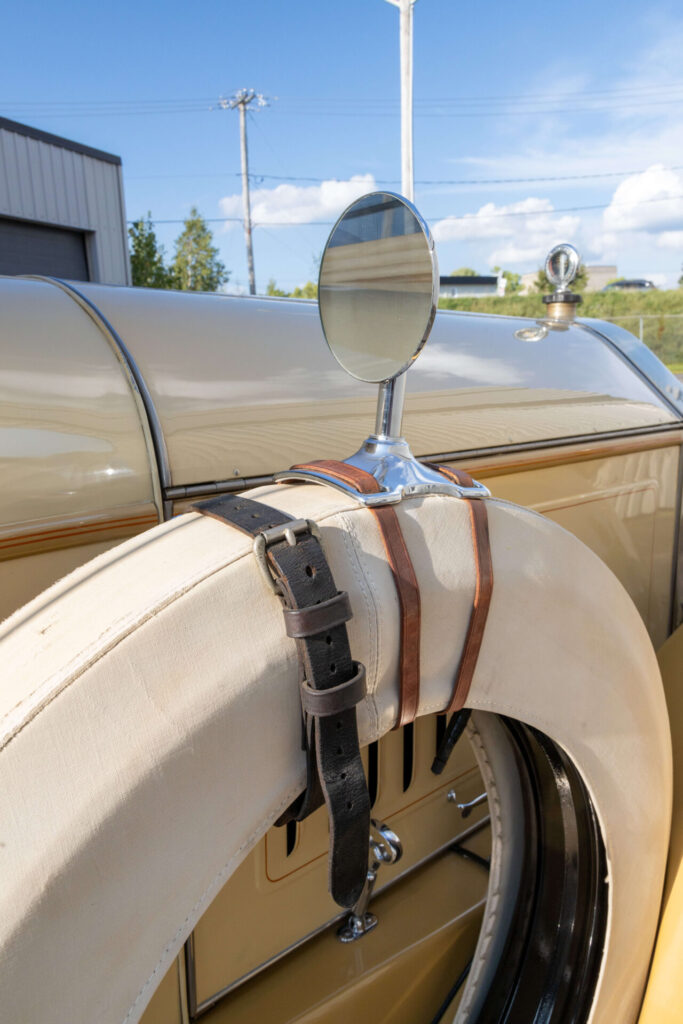
What Now
From its long list of accomplishments, the Pierce-Arrow Motorcar Company deserves to be remembered. The Pierce-Arrow Series 33 presented here is made special by its custom coachwork. Interestingly, the famous Pierce-Arrow “Archer” mascot was only introduced on a late model in 1928. So it is historically accurate that the one in the Demers Car Collection does not have one. If you are intrigued by hood ornaments like we are, don’t miss next week’s blog article where we will relate their origin and initial use.
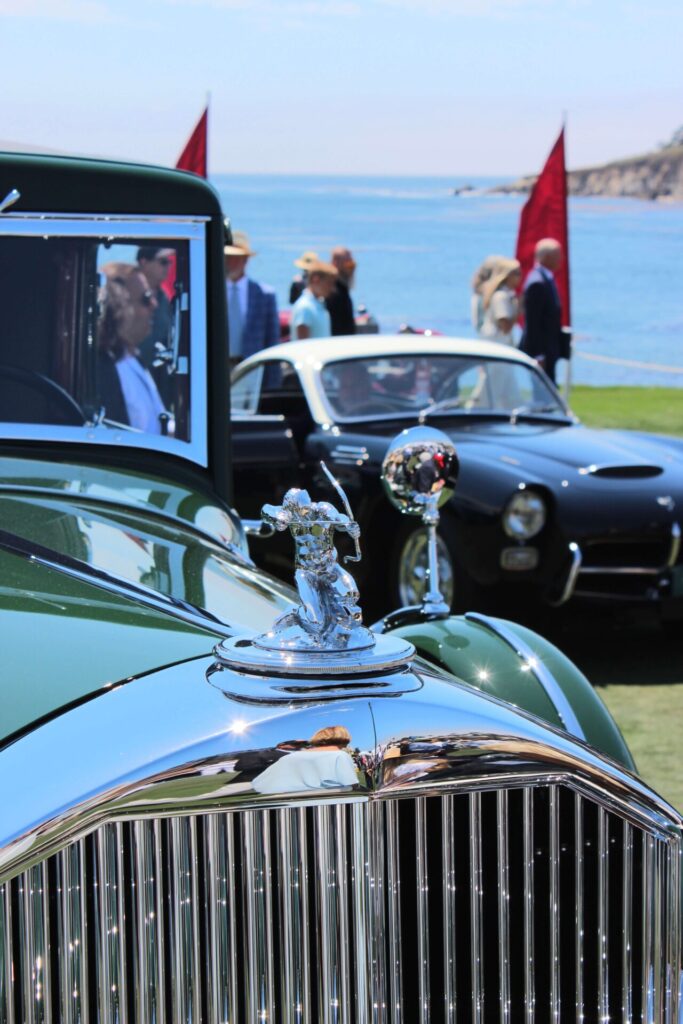
The Nitty Gritty
- 414 cu.-in. dual ignition, six-cylinder engine
- 138 in. wheelbase
- 3-speed manual transmission
- Automatic lubrication system
- Four-wheel mechanical brakes
- Interior and exterior lighting for passengers
- 70 hp
- Top speed: about 75 mph or 120 km/h
